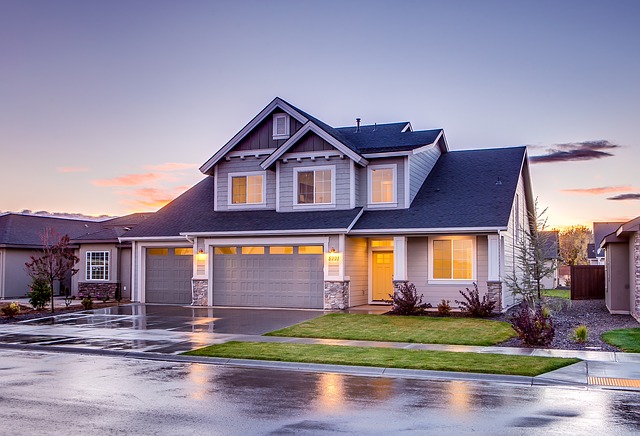What Are the Pipes Sticking Out Of My Roof?
Most houses have a variety of pipes and vents sticking out of the roof that are unfamiliar to the average person. Each one plays an important role in the functionality of your home and understanding their purpose can help you avoid potential issues.
Plumbing vents
One of the most important and easily recognizable pipes coming out of your roof is the plumbing vent or vent stack. This two foot vertical pipe is connected to the drain lines in your home however there isn’t any water that runs through it. It functions by releasing unpleasant gas and odors from your home into the air unlike drain pipes which remove waste and water to underground sewers or septic tanks. Homebuilders place these vents on the roof away from windows and air conditioning units so odors can dissipate into the air freely.
Plumbing vents are designed to work in conjunction with your home’s drain system. The vents bring fresh air into the plumbing system which allows water to flow easily through the drain pipes. By keeping fresh air in and channeling harmful gases out, the plumbing vent ensures that the optimal atmospheric pressure is maintained within your home’s waste system.
Ventilation
Along with your plumbing vent pipes, you may notice that there are several other contraptions on your roof as well. Individual static exhaust vents are generally a square or circular shape and are located near the ridge of the roof. They bring the outside air in and out of the attic and other areas in your house to keep them properly ventilated. Your home may have a spinning turbine vent that uses wind speed to draw air from your attic or other rooms also. On especially windy days, it moves air faster than a static vent depending on the size and efficiency of your turbine vent.
Each vent on your roof is an essential part of your home’s plumbing and air conditioning systems. If they don’t work properly, it could cause major issues. Check your roof vents periodically for any damage from animals or the elements. Squirrels tend to enjoy the taste of the materials used to weatherproof plumbing vents. When that material is chewed away, rain water can start to leak inside the attic which can lead to roof sheathing rot and staining. The structure of your roof also factors into the function and longevity of your pipes as well. Opt for durable shingles or wide, interlocking panels with a weather-tight seal like Everdrain that offer a strong base for your pipes.
What is the difference between a roof and a ceiling?
Sometimes it may be confusing to differentiate between a roof and a ceiling. The ceiling is the upper most part of the room. So when you are inside a room and you look up you see the ceiling. The ceiling height in a standard home is generally around 2.4m. Contact a local roofing company to assist you.
A roof is the top structure of a building or the top exterior surface of a room. A roof is always above the ceiling. Roof is designed to protect the internals of a building from the elements such as sun and rain. A ceiling gives the room a nice clean finish
Deterioration and taking care of the pipes
Plumbing vents can deteriorate or become stopped up from condensation over time. Clogged or damaged pipes block the flow of water creating a build-up of negative pressure. This leads to standing water in your sinks or bathtubs, slow draining water in the kitchen or bathroom and gurgling sounds coming from the drains.
Quick and easy do-it-yourself solutions like using a plunger or liquid drain cleaner can temporarily solve these issues however if they persist the damage could be more severe and you may need to call a professional. Continuous clogs in your sinks or tubs can cause sediment to form inside the drain pipes. Gas and odors from wastewater can build up creating an unpleasant smell in your home. Leaving this issue unchecked could result in extended damage to your plumbing system increasing potential pipe repair and replacement costs.
Luckily, there are new and innovative plumbing solutions like trenchless pipe lining that are less expensive than traditional methods if by chance your plumbing system needs repair. It’s an effective method for pipes that are cracked, leaking or rusting. Its expected lifespan of 50 years can ease worries of needing to repair pipes again for a long time unlike cheaper, temporary solutions.




